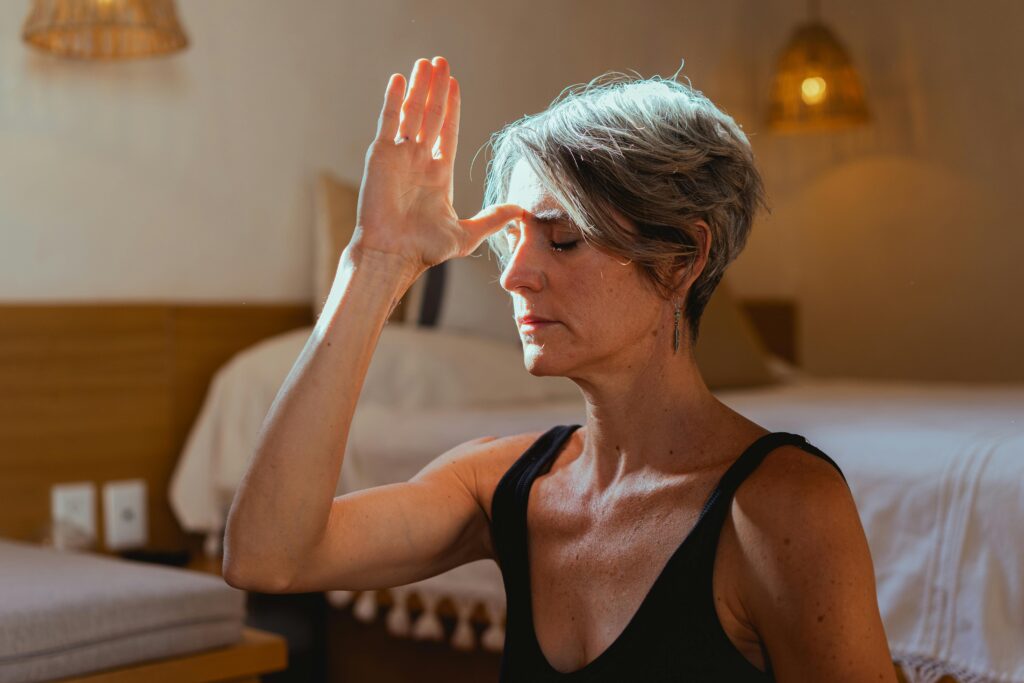Disclaimer: Not everyone who goes through menopause identifies as a woman and not all people who identify as women go through menopause. At Jayla, our core audience is people who identify as women, so we primarily use the word “women.” However, we’re working on specific content for people going through menopause who might not identify women. Inclusivity is a key value of ours, so bear with us!
Welcome to HRT Explained, our mini-series dedicated to breaking down everything you need to know about hormone replacement therapy—minus the myths, confusion, and internet rabbit holes.
If you’ve ever found yourself wondering, “Wait, what exactly is HRT?” or “Why does everyone keep talking about estradiol vaginal cream?”—you’re in the right place. We’re here to give you clear, accurate information about hormones, menopause, and the science behind it all—so you can make informed decisions about your health.
Next up: estradiol vaginal cream. It’s a common form of hormone replacement therapy (HRT), but how does it work? Let’s break it down.
Estradiol vaginal cream is a topical medication commonly prescribed to menopausal women to alleviate various symptoms associated with vaginal atrophy. In this article, we’ll go over the key things you should know about this treatment.
What is Estradiol Vaginal Cream?
In this article, we use the term “menopause” colloquially, but just a quick reminder: menopause technically refers to the moment in time that marks 12 consecutive months without a period. Before that, when estrogen levels are fluctuating, it’s perimenopause, and after menopause, it’s considered postmenopause.
Estradiol vaginal cream is a form of HRT that contains estradiol, a key type of estrogen. It is specifically designed for vaginal use to address local symptoms of menopause.
Uses and Benefits
The primary purpose of estradiol vaginal cream is to reduce vaginal symptoms, such as:
- Dryness
- Itching
- Burning
- Pain during intercourse
By applying estradiol directly to the vaginal area, the cream helps restore vaginal health by replenishing moisture, improving elasticity, and reducing irritation. It can also alleviate symptoms like dryness, itching, burning, and pain during intercourse, ultimately enhancing overall comfort and well-being.
How It Works
During menopause, natural estrogen levels decline, leading to decreased blood flow to the vaginal tissues and thinning of the vaginal walls. This can leave delicate vaginal tissue high and dry—literally—leading to that all-too-familiar irritation. Estradiol vaginal cream works by raising estrogen levels in the vaginal tissues, helping to restore moisture and keep things comfortable.
Application and Dosage
Typically, estradiol vaginal cream is applied once daily for the first few weeks, and then two or three times a week thereafter. It is important to follow your healthcare provider’s specific instructions, as dosages may vary based on individual needs.
Though the cream is one option, there are also other forms of vaginal estrogen therapy, including the vaginal ring, vaginal tablet, vaginal gel, or vaginal pessary. Some women prefer other options besides the cream because they may be less messy. Cost can also be a consideration when choosing a method of vaginal estrogen therapy, as the creams are often the most affordable option.
Side Effects
The estradiol vaginal cream is generally well-tolerated and most women do not experience side effects. Estradiol vaginal cream is considered a low-dose, localized treatment, which means it typically doesn’t raise blood estrogen levels significantly. This makes it a safer option for vaginal symptoms compared to systemic hormone replacement therapy. Possible rare side effects of vaginal estradiol treatment include:
- Itching or irritation in the vaginal area
- Headache
- Breast pain or tenderness
- Nausea
- Vaginal discharge
Alternatives to Estradiol Vaginal Cream
For women who prefer to avoid hormonal treatments, there are non-estrogen alternatives available:
- Vaginal moisturizers (e.g., Replens)
- Water-based lubricants (e.g., Astroglide, K-Y Personal gels)
These products can help alleviate discomfort and improve vaginal health without the use of hormones. Some women prefer to try these over-the-counter methods first before starting vaginal estradiol therapy.
Summary
Estradiol vaginal cream offers an effective treatment option for menopausal women experiencing vaginal discomfort and related symptoms. By providing targeted, low-dose estrogen therapy, it can significantly improve quality of life with minimal systemic effects. However, as with any medication, it’s crucial to discuss the benefits and potential risks with your healthcare provider to determine if estradiol vaginal cream is the right choice for you.
If you’re looking for expert guidance on HRT and menopause care, Jayla Health is here to help. Reach out to us at [email protected] to learn more about how we can support you or feel free to book an intro call using the link here.



